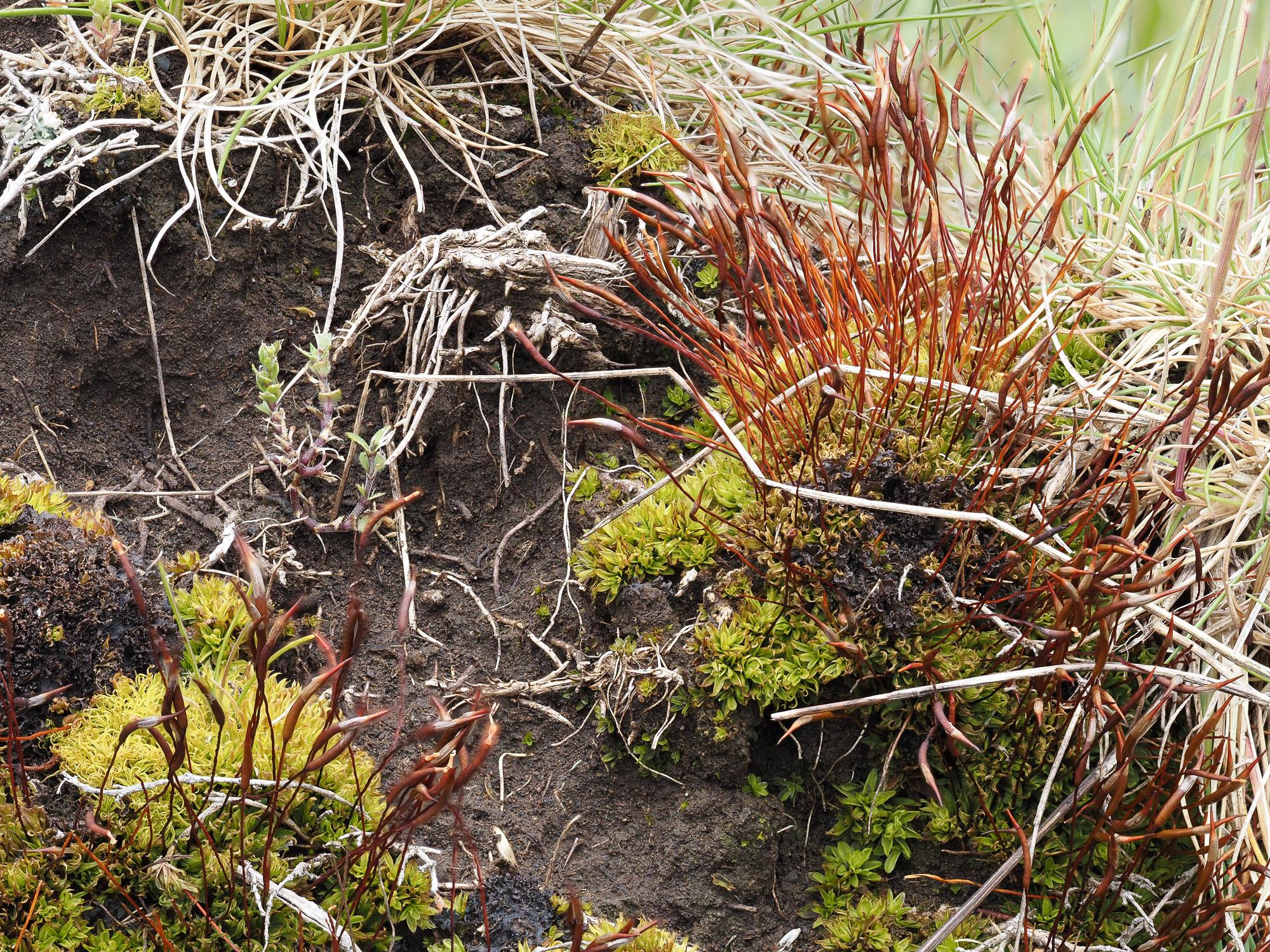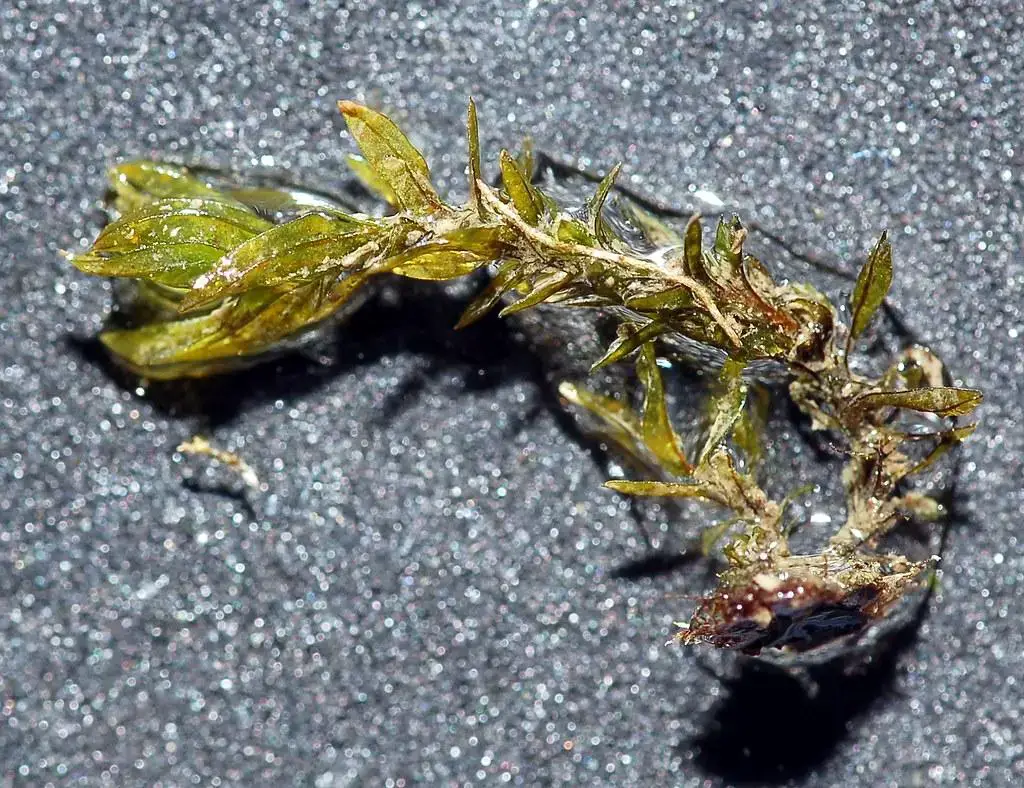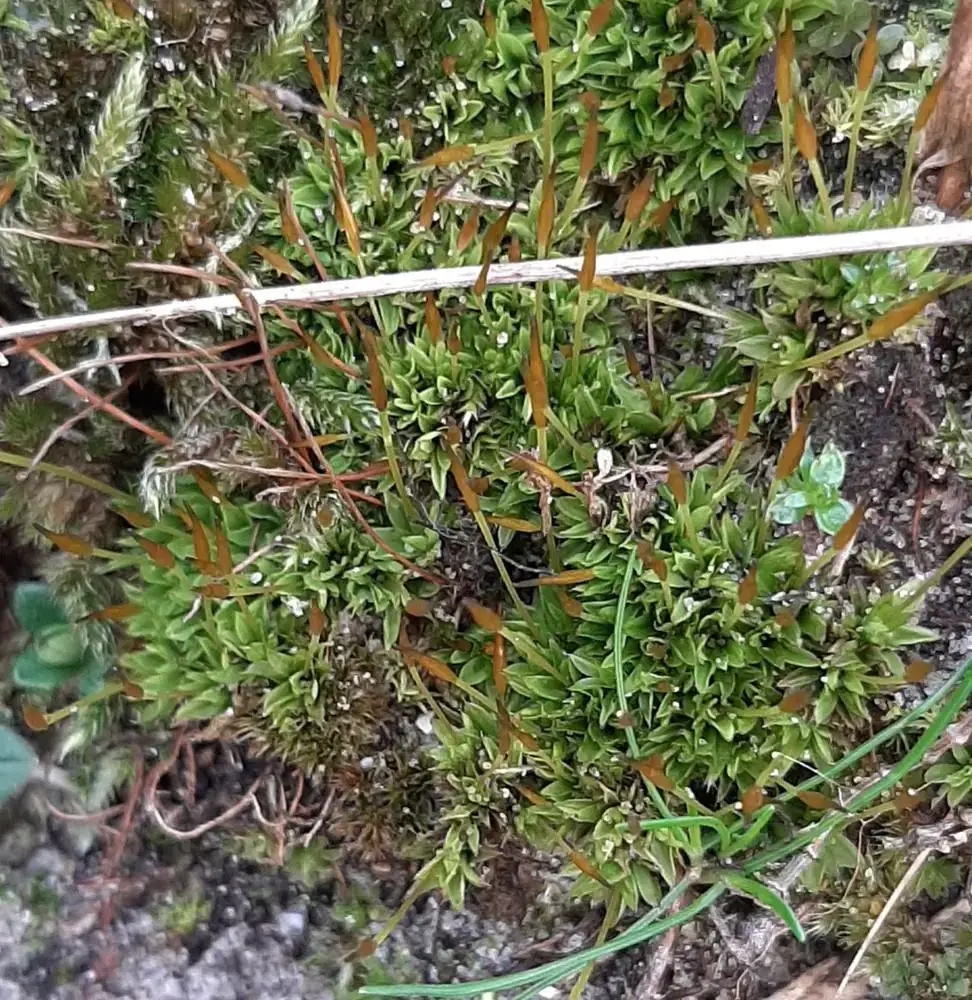
2022-06-09-12-08-54.jpg from: https://www.britishbryologicalsociety.org.uk/learning/species-finder/tortula-subulata/
Exploring the Fascinating World of Tortula subulata var. robusta Warnst. Moss

3508528376_99ddfb838f_b.jpg from: https://www.flickr.com/photos/12639178@N07/3508528376/
Introduction
Mosses are some of the most ancient and resilient plants on Earth, having evolved over 400 million years ago. One particularly interesting species is Tortula subulata var. robusta Warnst., a moss in the Pottiaceae family. In this blog post, we’ll take a closer look at this fascinating plant, from its unique morphology to its global distribution and ecological roles. Get ready to dive into the tiny but mighty world of Tortula moss!
Background
Tortula subulata var. robusta Warnst. is a variety of the species Tortula subulata. It belongs to the Pottiaceae family, one of the largest families of mosses with over 1,500 species worldwide. The Pottiaceae

46106065.jpg from: https://waarneming.nl/foto/view/46106065
are known as “twisted mosses” due to the contorted appearance of their leaves when dry. Tortula mosses get their name from the Latin word for “twisted,” referring to their coiled leaf tips.
Morphology and Identification
Tortula subulata var. robusta has several distinct morphological features:
- Leaves are lanceolate (lance-shaped) and have a strong midrib that extends into a long, hair-like point called an awn
- Leaf margins are recurved (curved back) and entire (smooth-edged)
- Capsules are cylindrical and borne on a long seta (stalk)
- Peristome teeth are long and twisted, a key identifying feature of the genus
To identify Tortula subulata var. robusta in the field, look for its characteristic leaf shape, hair-points, and twisted peristome teeth. It often grows in small, dense cushions on soil, rocks, or tree bases.
Global Distribution and Habitat
Tortula subulata var. robusta has a wide global distribution, found on every continent except Antarctica. It is most common in temperate regions of the Northern Hemisphere, including:
- Europe
- North America
- Asia
This hardy moss can grow in a variety of habitats, from lowland to montane elevations. It prefers well-drained, calcareous soils and can tolerate moderate disturbance and desiccation. Common habitats include:
- Grasslands
- Woodlands
- Roadsides
- Disturbed areas
Ecological Roles and Adaptations
Like other mosses, Tortula subulata var. robusta plays important ecological roles:
- Erosion control: Its dense cushions help stabilize soil and prevent erosion
- Water retention: It absorbs and retains water, regulating moisture in its immediate environment
- Carbon sequestration: As a photosynthetic organism, it takes in CO2 and stores carbon in its tissues
- Habitat provision: It provides shelter and moisture for microorganisms and small invertebrates
Tortula subulata var. robusta has several adaptations that allow it to thrive in its habitats:
- Desiccation tolerance: It can survive extended periods of dryness by going dormant
- Rapid water uptake: Its leaves can quickly absorb water when moisture is available
- Spore dispersal: Its lightweight spores are easily carried by wind to colonize new areas
- Clonal growth: It can reproduce asexually by regenerating from leaf fragments
Conclusion
Tortula subulata var. robusta Warnst. may be small, but it is a remarkable moss with a wide-reaching distribution and important ecological functions. From its twisted leaves to its hardy nature, this member of the Pottiaceae family demonstrates the incredible diversity and resilience of bryophytes. The next time you’re out in nature, take a closer look – you might just spot a patch of Tortula making its quiet but vital contribution to the ecosystem. What other tiny wonders are waiting to be discovered in the world of mosses?